Description
BIUT, a premium brand by Bharat Bath Industries, brings over 40 years of excellence in bathroom and kitchen fittings. Known for its high-quality brassware, innovative designs, and durable products, BIUT offers a wide range of faucets, showers, and accessories that combine elegance with everyday functionality. Proudly made in India, BIUT products are designed to enhance your space with style, comfort, and reliable performance.

- Store Name: Bharat Glass House
- Address: Amrik Singh Road, , Bathinda, Punjab, India - 151001
- Email: piyush2806@gmail.com
- Phone: 9999944170
BHARAT GLASS HOUSE
DEALS WITH ALL KINDS OF
SANITARYWARE | TOILET CLOSETS | FAUCETS | SHOWERS | BATH TUB | BASINS | BATHWARE
DEALS WITH BRANDS




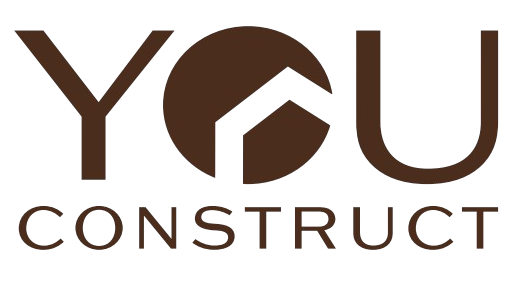







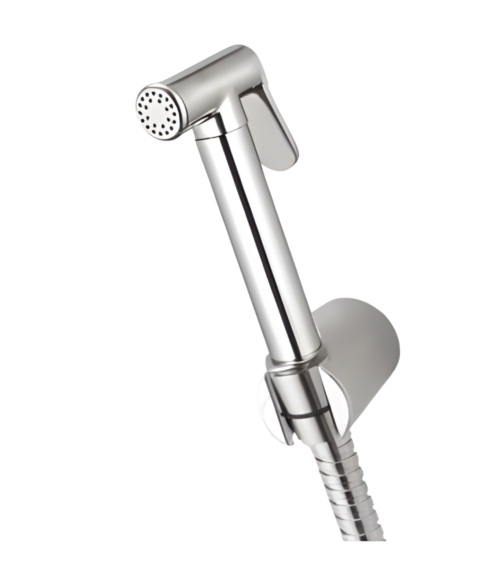

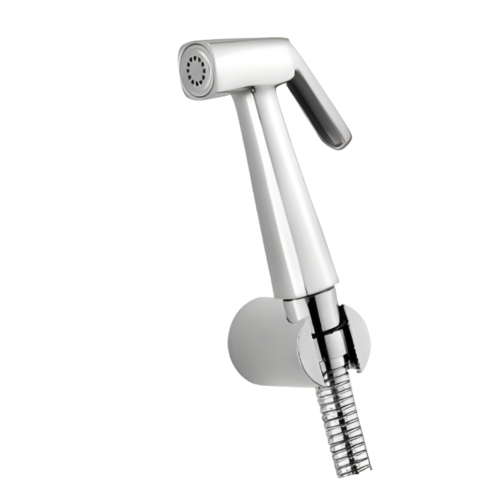
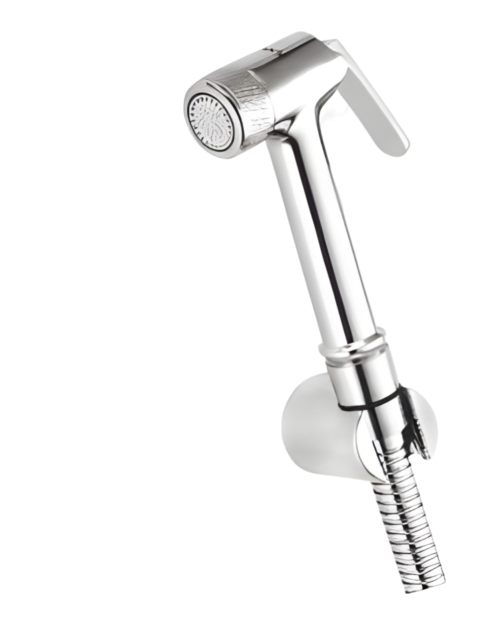
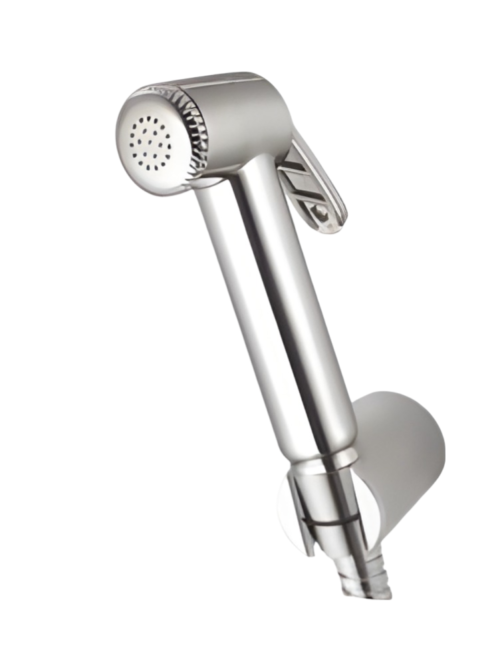
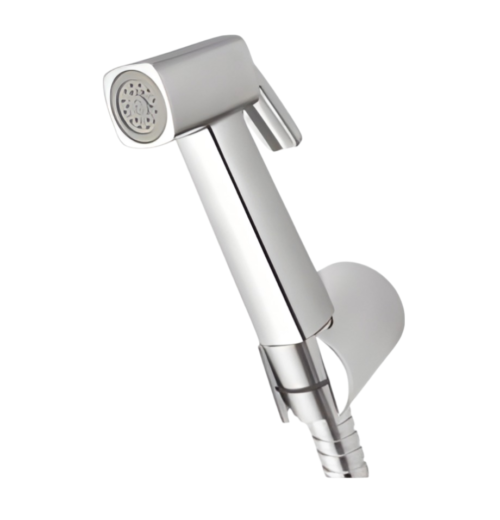



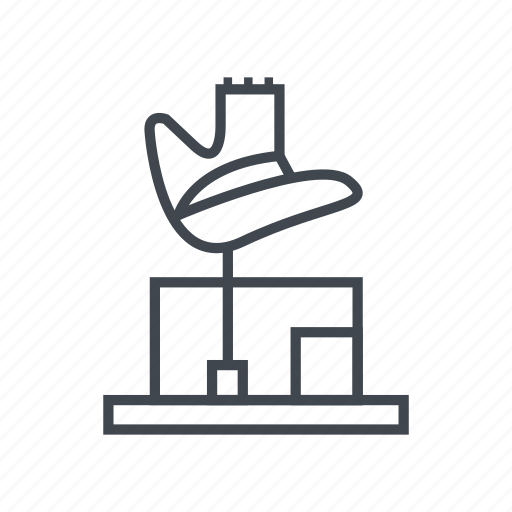
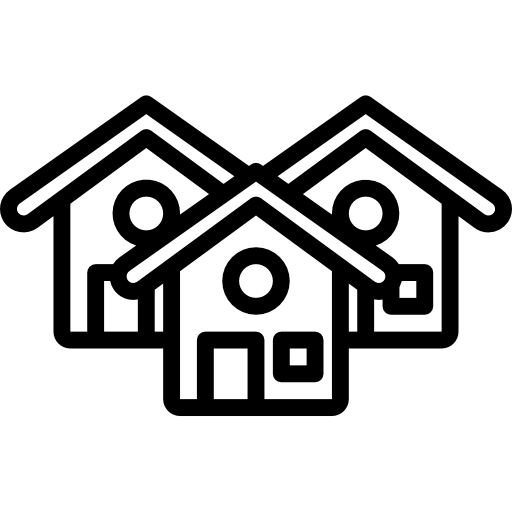






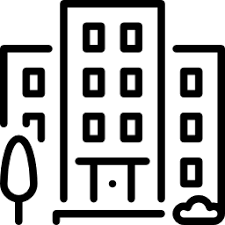
0.0 Average Rating Rated (0 Reviews)